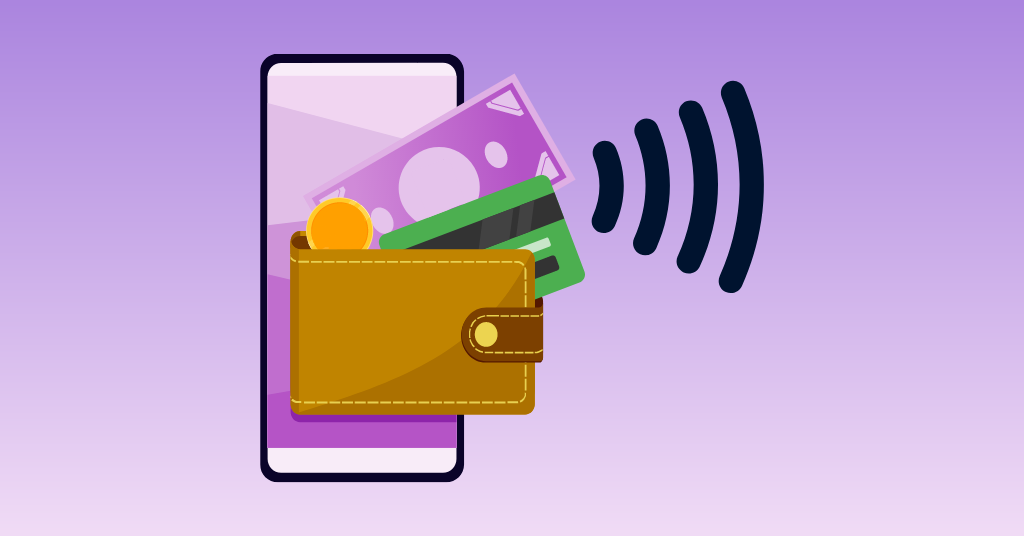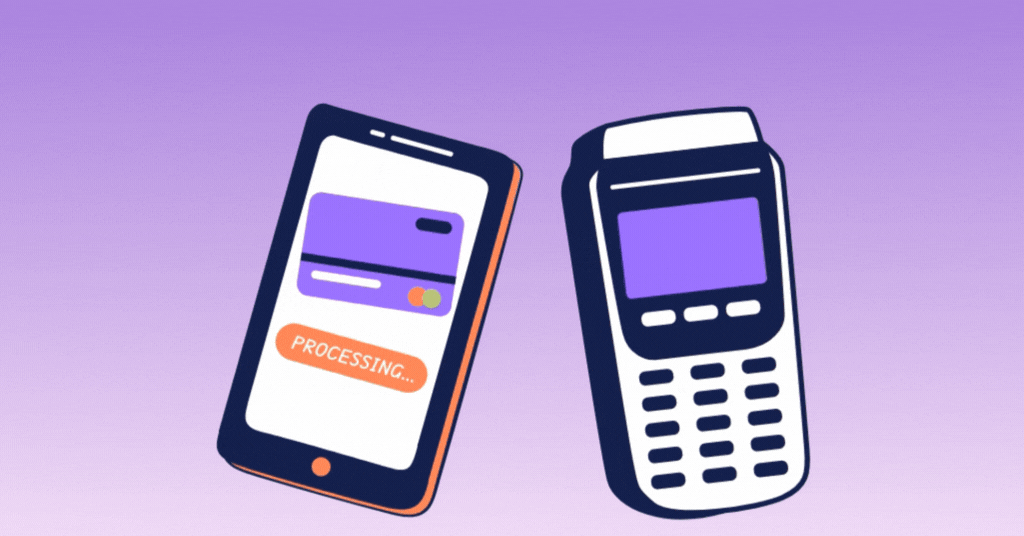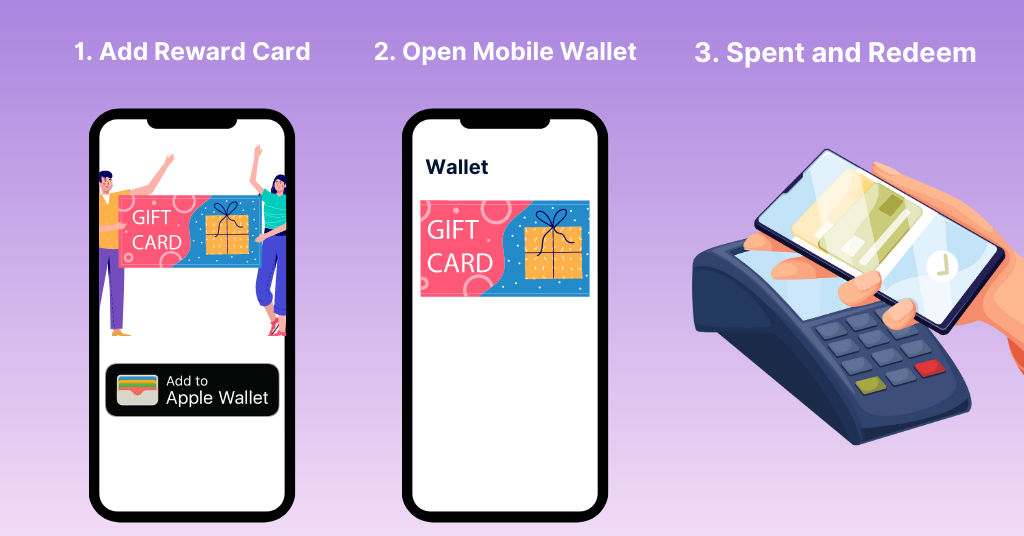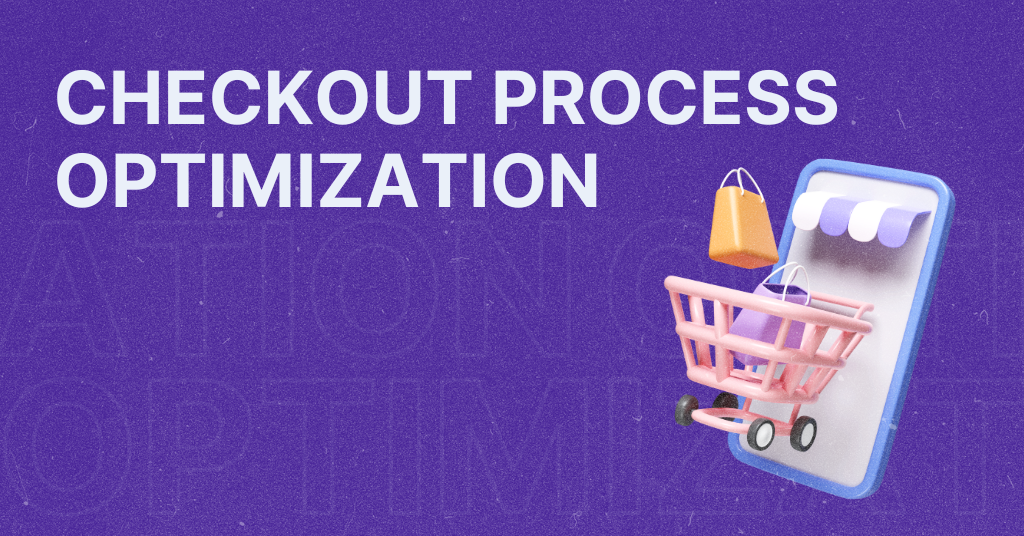
The Rise of Mobile Wallets and Contactless Payments
In recent years, the way we handle money and make payments has undergone a significant transformation. With the increasing prevalence of smartphones and the advancement of digital technologies, mobile wallets and contactless payments have become popular choice for consumers around the world. This article explores the rise of mobile wallets and contactless payments, examining their benefits, security features, and impact on our daily lives.
What are Mobile Wallets and Contactless Payment?
Mobile wallets, also known as digital wallets or e-wallets, are applications on smartphones or other mobile devices that allow users to store and manage their payment information digitally. They provide a convenient and secure way to make payments, transfer money, and perform financial transactions using a smartphone or tablet. These wallets eliminate the need for carrying physical cash or credit cards, as they enable users to make payments conveniently using their mobile devices.
On the other hand, contactless payments refer to a method of making secure payments without the need for physical contact between the payment device (usually a card or smartphone) and the payment terminal. With contactless payments, users can simply tap or wave their mobile device or payment card near a compatible terminal to complete a transaction quickly and effortlessly.

Benefits of Mobile Wallets and Contactless Payments
The growing popularity of mobile wallets and contactless payments can be attributed to the numerous benefits they offer. Let’s explore some of these advantages:
1. Convenience: Mobile wallets provide a convenient way to carry payment methods digitally, reducing the need to carry physical cash or multiple cards. Users can make payments effortlessly, even for small transactions, with just a few taps on their smartphones.
2. Speed and Efficiency: Contactless payments are incredibly fast, significantly reducing transaction times. The tap-and-go feature allows users to complete transactions within seconds, making the checkout process smoother and more efficient, especially in busy environments.
3. Enhanced Security: Mobile wallets and contactless payments utilize advanced security features, such as encryption, tokenization, and biometric authentication, to protect user information and financial data. These measures help prevent fraud and unauthorized access, making mobile payments a secure option.
4. Accessibility and Inclusion: Mobile wallets and contactless payments are particularly beneficial for individuals who may have difficulty handling physical cash or cards. They promote financial inclusion by offering a convenient and accessible way for people of all abilities to make payments.
5. Loyalty Programs and Rewards: Mobile wallets often integrate loyalty programs or reward programs, allowing users to easily collect and redeem points or discounts. This integration streamlines the process of managing loyalty programs, making them more appealing to both consumers and businesses.

6. Tracking and Budgeting: Many mobile wallet apps provide features for tracking expenses and setting budget limits. Users can gain insights into their spending habits and exercise better financial control, helping them manage their finances effectively.
7. Contactless Donations:Mobile wallets and contactless payments have also made it easier to donate to charitable causes and support nonprofit organizations. Users can contribute to their preferred charities or digital fundraising campaigns with a simple tap or scan, eliminating the need for cash or checks. This convenience has significantly expanded the reach and impact of charitable giving, allowing people to support causes they care about easily.
8. Reduced Need for Physical Infrastructure: Mobile wallets and contactless payments reduce the reliance on physical infrastructure such as ATMs, card readers, and cash registers. This is especially advantageous in areas where access to banking services or payment terminals may be limited. By leveraging mobile devices and existing network connectivity, mobile wallets enable transactions to be conducted anytime, anywhere, promoting financial inclusion and enhancing economic activity.
9. Environmentally Friendly: The shift towards mobile wallets and contactless payments aligns with environmental sustainability efforts. By reducing the use of paper currency and receipts, these digital payment methods help conserve resources and reduce waste. Additionally, the digitization of loyalty cards and receipts eliminates the need for physical materials, further reducing the carbon footprint associated with traditional payment methods.
10. Seamless Online Shopping Experience: Mobile wallets streamline the online shopping experience by enabling users to store their payment information securely. Users can complete online purchases with a few clicks without the hassle of repeatedly entering credit card details or shipping addresses. This convenience saves time and enhances the overall user experience, leading to increased customer satisfaction and loyalty.
11. Integration with Other Services: Mobile wallets are increasingly being integrated with other services, such as public transportation systems, ride-sharing apps, and food delivery platforms. This integration allows users to make seamless payments for these services directly from their mobile wallets, eliminating the need for separate payment accounts or cash transactions. The convenience and versatility of mobile wallets make them a valuable tool for navigating various aspects of modern life.
12. Reduced Risk of Physical Theft: Carrying physical cash or cards can put individuals at risk of theft or loss. Mobile wallets mitigate this risk by eliminating the need to carry physical payment methods. Even if a mobile device is lost or stolen, most mobile wallet apps offer security features, such as remote disabling or biometric authentication, to protect the user’s payment information from unauthorized access.
As mobile wallets and contactless payments continue to evolve, it is likely that more benefits and features will emerge, further enhancing their appeal and transforming the way we conduct financial transactions. The convenience, speed, security, and inclusive nature of these digital payment methods have undoubtedly reshaped the payment landscape, offering users a more efficient and seamless way to manage their finances.
Security and Privacy Concerns
While mobile wallets and contactless payments offer enhanced security features, it is essential to address potential concerns surrounding privacy and data protection. Users must remain vigilant and take precautions, such as enabling two-factor authentication and regularly updating their mobile wallet apps, to mitigate risks associated with cyber threats and fraud.
In addition to the precautions mentioned above, users should also be aware of other security and privacy concerns related to mobile wallets and contactless payments.
1. Data Breaches: Just like any digital platform, mobile wallets are not immune to data breaches. Hackers may attempt to gain unauthorized access to user information or exploit vulnerabilities in the system. To minimize the risk of data breaches, users should choose reputable mobile wallet providers that prioritize security and employ robust encryption methods to protect sensitive data.
2. Phishing and Social Engineering: Cybercriminals may attempt to trick users into revealing their personal information or login credentials through phishing emails, text messages, or fraudulent websites. It is crucial to exercise caution and avoid clicking on suspicious links or providing sensitive information to untrusted sources. Mobile wallet users should be wary of any communication requesting their account details and report any suspicious activities to their mobile wallet provider.
3. Device Theft or Loss: One of the potential risks associated with mobile wallets is the loss or theft of the mobile device itself. If a smartphone or tablet with a mobile wallet app gets lost or stolen, there is a risk that unauthorized individuals may gain access to the payment information stored within the app. To mitigate this risk, users should set up strong passwords or biometric authentication on their devices and enable features such as remote device tracking and wiping to protect their data in case of loss or theft.
4. Privacy Concerns: Mobile wallet providers may collect and store certain personal information for account verification and transaction purposes. Users should carefully review their chosen mobile wallet app’s privacy policies and terms of service to understand how their data is collected, used, and shared. It is advisable to opt for mobile wallet providers that prioritize user privacy and adhere to industry best practices for data protection.
5. Regulatory Compliance: Mobile wallet providers need to comply with relevant data protection and privacy regulations, such as the General Data Protection Regulation (GDPR) in the European Union. Users should ensure that the mobile wallet app they choose adheres to these regulations and implements appropriate measures to safeguard user data.
To stay proactive and protect their security and privacy, users should regularly update their mobile wallet apps to benefit from the latest security patches and bug fixes. They should also monitor their transaction history for any unauthorized activities and immediately report any suspicious transactions to their mobile wallet provider.
By staying informed, adopting best security practices, and exercising caution, users can confidently enjoy the convenience and benefits of mobile wallets and contactless payments while minimizing the associated risks.
5 Popular Mobile Wallets
These mobile wallets have gained significant recognition and user adoption due to their features, convenience, and widespread acceptance. However, it’s important to note that the popularity of mobile wallets may vary by region, and there may be other local or regional mobile wallet providers that are popular in specific markets.
Apple Pay
Developed by Apple, Apple Pay is one of the most popular mobile wallets globally. It allows users to make payments using their Apple devices, including iPhones, iPads, and Apple Watches. Apple Pay leverages near-field communication (NFC) technology for contactless payments and is widely accepted by various merchants.

Google Pay
Developed by Google, Google Pay enables users to make payments using their Android devices. It supports both contactless payments via NFC and online payments. Google Pay is accepted by a wide range of merchants and integrates with loyalty programs and online platforms.

Samsung Pay
Samsung Pay is designed for Samsung Galaxy smartphones and smartwatches. It offers both NFC and magnetic secure transmission (MST) technology, allowing it to work with traditional magnetic stripe card readers. This broad acceptance makes Samsung Pay compatible with a larger number of payment terminals.

PayPal
Initially known for its online payment platform, PayPal expanded its services to mobile payments. Users can link their PayPal accounts to mobile wallet apps or make payments directly using the PayPal app. Online merchants widely accept PayPal because it offers a trusted and secure payment solution.

Venmo
Venmo, owned by PayPal, has gained popularity as a peer-to-peer payment platform in the United States. It allows users to send and receive money to friends and family using their Venmo balance or linked bank accounts. Venmo also offers a social component, allowing users to easily share payment activities and split bills.

The Future of Mobile Wallets and Contactless Payments
The future looks promising for mobile wallets and contactless payments as these technologies continue to evolve and integrate into our daily lives. Here are some trends and advancements to watch for:
1. Wider Acceptance: As more businesses embrace contactless payment technology, we can expect wider acceptance and adoption globally. From small retailers to public transportation systems, contactless payments are becoming increasingly common, simplifying transactions across various industries.
2. Wearable Devices: With the rise of smartwatches and other wearable devices, the integration of mobile wallets and contactless payments is extending beyond smartphones. Users can conveniently make payments using their wearable devices, further enhancing the ease and accessibility of transactions.
3. Internet of Things (IoT) Integration: As the IoT expands, we can anticipate greater integration of mobile wallets and contactless payments into everyday objects such as household appliances, vehicles, and even clothing. This integration will enable seamless and secure transactions within the connected ecosystem.
4. Biometric Authentication: Biometric authentication methods, such as fingerprint and facial recognition, will continue to advance, providing an additional layer of security for mobile wallet transactions. These technologies offer a more secure and convenient way to authorize payments, reducing reliance on passwords or PINs.
Mobile Wallets Revolutionizing Mobile Commerce
Mobile wallets have played a pivotal role in the rise of mobile commerce, or m-commerce. As smartphones have become an integral part of our daily lives, they have become a primary online shopping device. Mobile wallets seamlessly integrate with m-commerce platforms, allowing users to purchase directly from their mobile phones.
With a simple tap or scan, customers can securely complete transactions on mobile-optimized websites or dedicated m-commerce apps.

Mobile wallets streamline the checkout process, eliminating the need for users to manually enter their payment information or shipping details. This convenience has fueled the growth of m-commerce by providing a frictionless and user-friendly experience, enabling consumers to shop on the go and embrace the mobile-first shopping trend.
Conclusion
The rise of mobile wallets and contactless payments has revolutionized how we handle transactions, offering convenience, speed, and enhanced security. As these technologies continue to evolve and gain wider acceptance, we can expect a future where digital payments become the norm. Embracing mobile wallets and contactless payments not only simplifies our financial transactions but also paves the way for a more inclusive and connected economy. With careful consideration of security measures and user privacy, these technologies have the potential to reshape the way we interact with money, making our lives more convenient and efficient.
Let’s book a 30-min mobile strategy session and give your shop a boost.
Let’s book a 30-min mobile strategy session and give your shop a boost.


